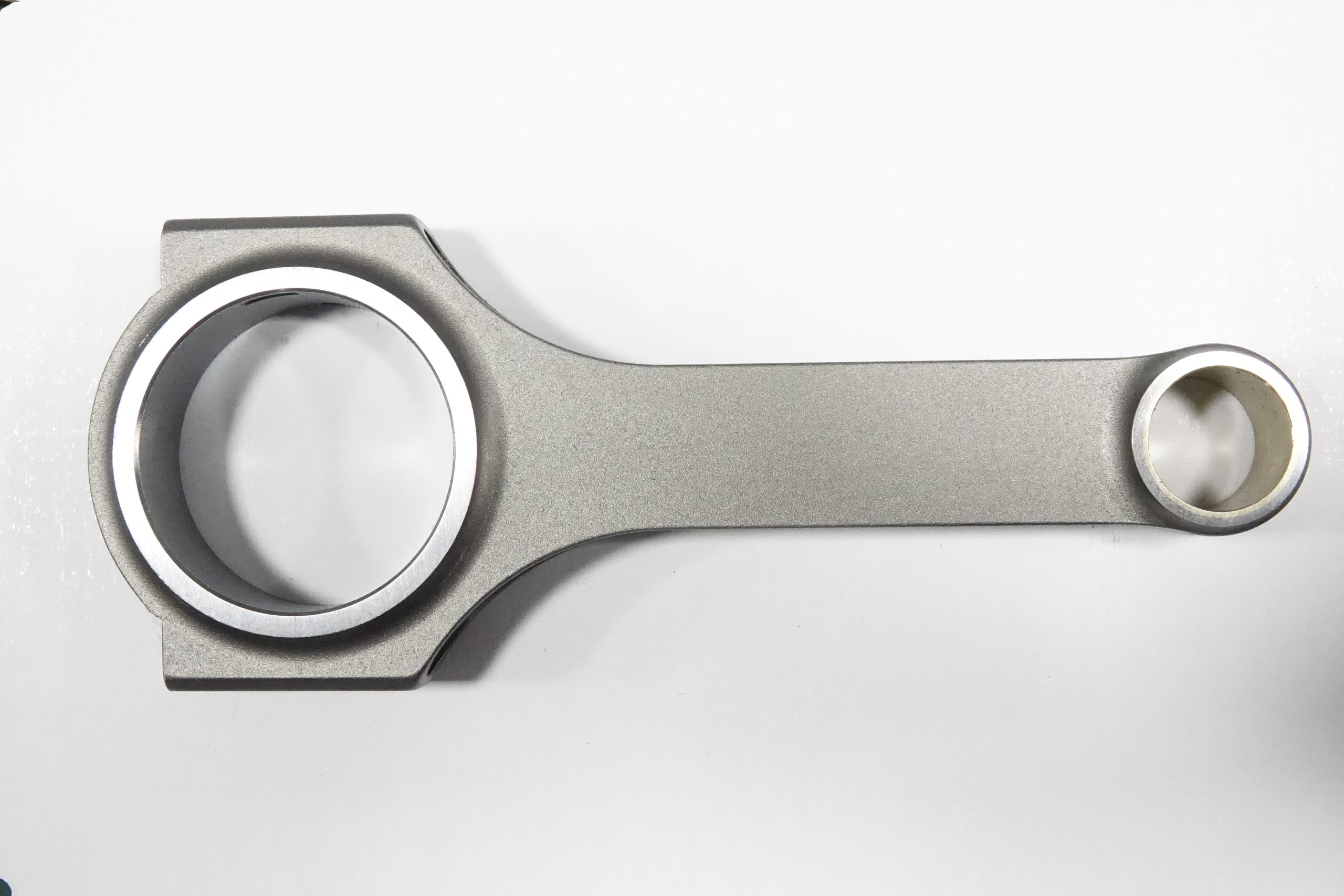The engine connecting rod manufacturing process is a complex, multi-step journey that transforms raw materials into precision-engineered components. These connecting rods play a crucial role in the performance and efficiency of an engine, making it essential to have a thorough understanding of their production process. FeDa, a renowned brand in the automotive industry, is known for its commitment to delivering high-quality connecting rods through advanced manufacturing techniques.
Several steps are involved in the engine connecting rod manufacturing process, each of which requires meticulous attention to detail. These steps include selecting the right material, forging, heat treatment, machining, and quality control to ensure the end product meets strict specifications and performance standards.
Material selection is the first step in creating an ideal connecting rod. Different materials offer unique benefits, such as increased strength, lightweight construction, or improved durability. FeDa carefully chooses materials based on the specific requirements of each connecting rod design, ensuring optimal performance.

Forging is a key step in the manufacturing process that contributes to the strength and durability of the connecting rod. The raw material is heated and shaped under immense pressure, creating a denser and more robust structure. This helps to improve the connecting rod’s ability to withstand the forces experienced during engine operation.
Heat treatment and machining further refine the connecting rod. These steps involve tempering the forged component to enhance its hardness, followed by precision machining to achieve the desired dimensions and surface finish.
Finally, quality control measures are implemented to guarantee the highest standards in connecting rod performance. Each connecting rod undergoes a series of inspections and tests to ensure it meets or exceeds industry specifications.
Optimizing engine performance goes beyond just selecting the right connecting rod. In their article “Unlock the Full Potential of Gasoline Engines with Crankshaft Position Sensors: Function, Advantages, and User Experience”, FeDa discusses how crankshaft position sensors can enhance engine efficiency and performance.
Understanding the engine connecting rod manufacturing process highlights the complexity and precision involved in producing these vital components. By choosing a trusted brand like FeDa, vehicle owners can be confident in the quality and performance of their connecting rods.
